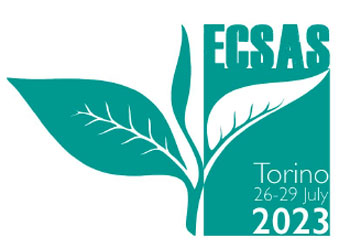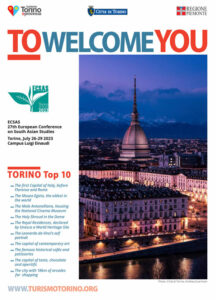Presenter
Mirnig Nina - Austrian Academy of Sciences, Institut for the Cultural and Intellectual History of Asia, Vienna, AustriaPanel
47 – Recent Cultural Heritage Initiatives in Nepal and the HimalayasAbstract
Inscriptions which are still preserved in public spaces have become subject to shifting cultural contexts over the centuries. In modern times, some of them are viewed as museum objects that are preserved and displayed as tokens of ancient history. Others have become integrated into local worshipping routines. In case of inscribed artefacts that are associated to cult objects, such as image or icon pedestals, this is not surprising. However, a striking shift in perception concerns royal stone stele inscriptions, which originally served to communicate royal edicts about legal matters. In the course of time, some of these royal stone charters have transformed into cult objects that have taken on divine identities. Thus, many of the stele inscriptions located in public spaces are worshipped with vermillion, oil or other worshipping substances. Based on data from documentation activities, the paper will explore how this transformation in perceptions of stone steles from historical documents to manifestations of divine presence poses complex challenges for developing suitable heritage management strategies.


